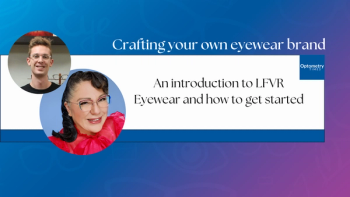
Study: antimicrobial peptide-coated contact lenses are safe
A recent study published in Optometry and Vision Science supported the biocompatibility of contact lenses coated with an antimicrobial peptide, which could help lower the risk of contact lens-related infections.
Philadelphia-A recent
The study, conducted at the University of New South Wales School of Optometry and Vision Science in Sydney, Australia, found that the melamine-coated contact lenses could be worn safely without any major side effects.
In addition to conducting testing on rabbits, a prospective, randomized, double-masked, one-day human clinical trial evaluated subjective responses and ocular physiology during contralateral wear of the melamine-coated and uncoated (control) lenses. Follow-up visits were conducted at one and four weeks to monitor delayed reactions.
The melamine-coated lenses produced no observed differences in wettability, surface deposition, lens-fitting centration, movement, tightness, and corneal coverage in comparison to the control lenses. There were no significant differences in bulbar, limbal, or palpebral redness or conjunctival staining, although mean corneal staining was higher for test lenses compared to the control lenses. There was also no significant difference in lens comfort, dryness, and awareness, and no delayed reactions were observed with the test lenses.
The melamine-coated lenses retained more than 1.5 log inhibition against Pseudomonas aeruginosa and Staphylococcus aureus.
Newsletter
Want more insights like this? Subscribe to Optometry Times and get clinical pearls and practice tips delivered straight to your inbox.


















































.png)


